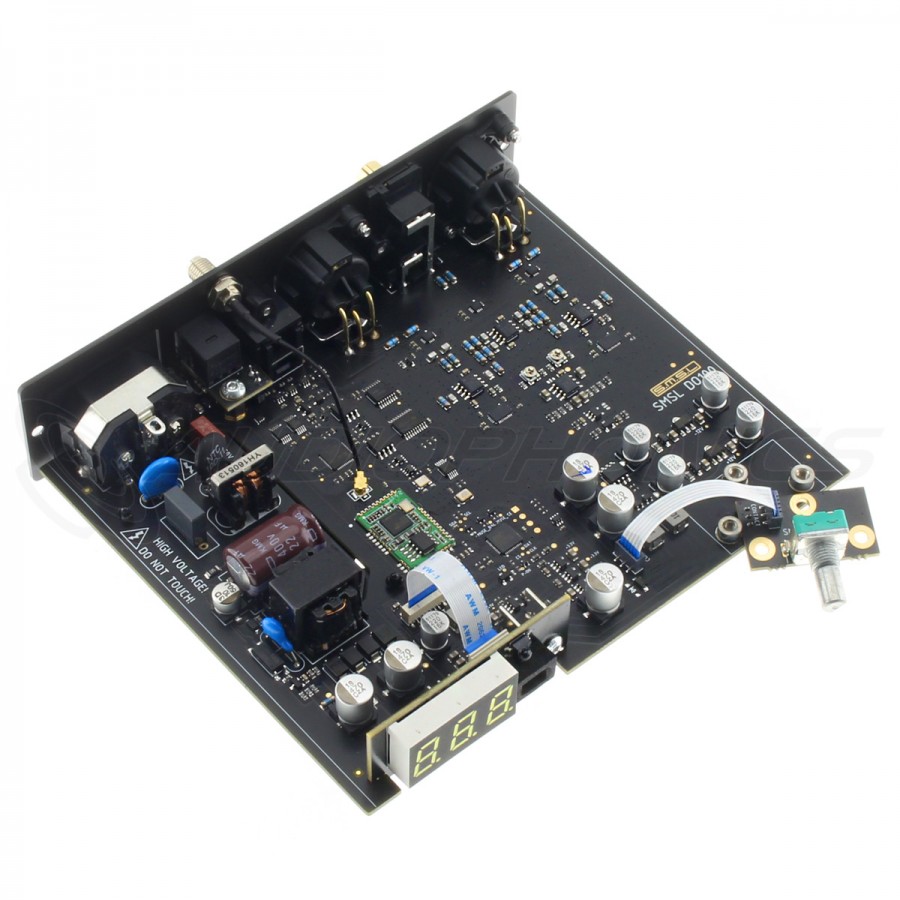staticV3
Master Contributor
- Joined
- Aug 29, 2019
- Messages
- 8,010
- Likes
- 12,849
@amirm why not measure Dynamic Range, once using the regular -60dBFS signal, and once with a 0dBFS signal, attenuated by 60dB using the DACs own volume control?
@HansHolland @MRC01 would that tell you what you want to know?
@HansHolland @MRC01 would that tell you what you want to know?




